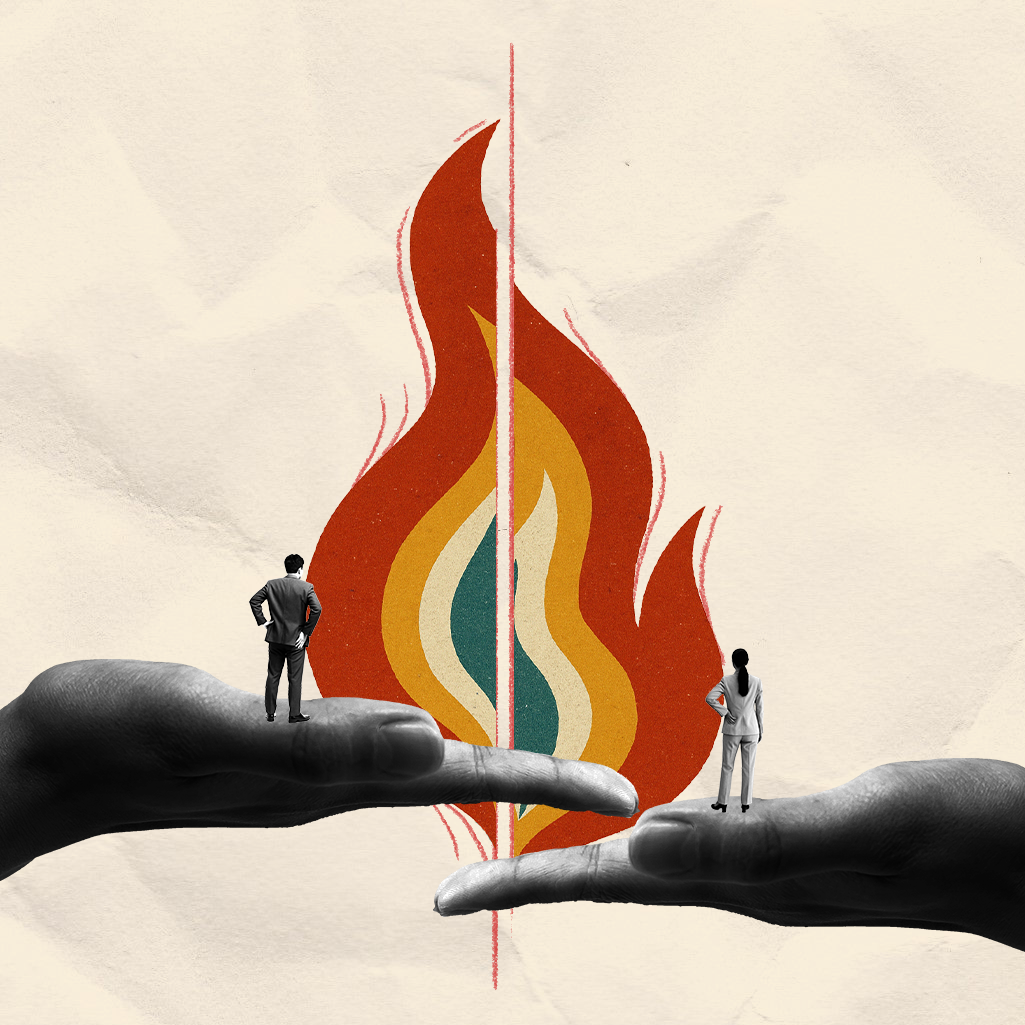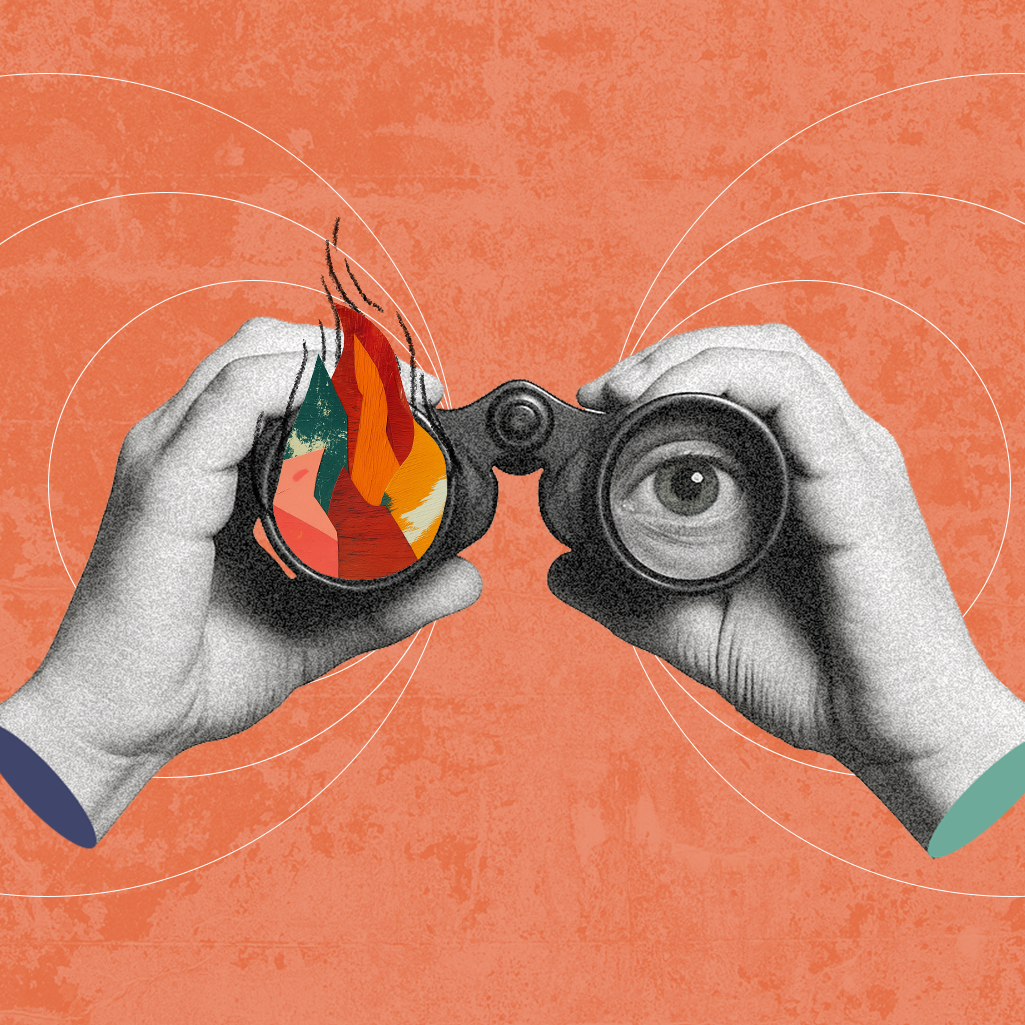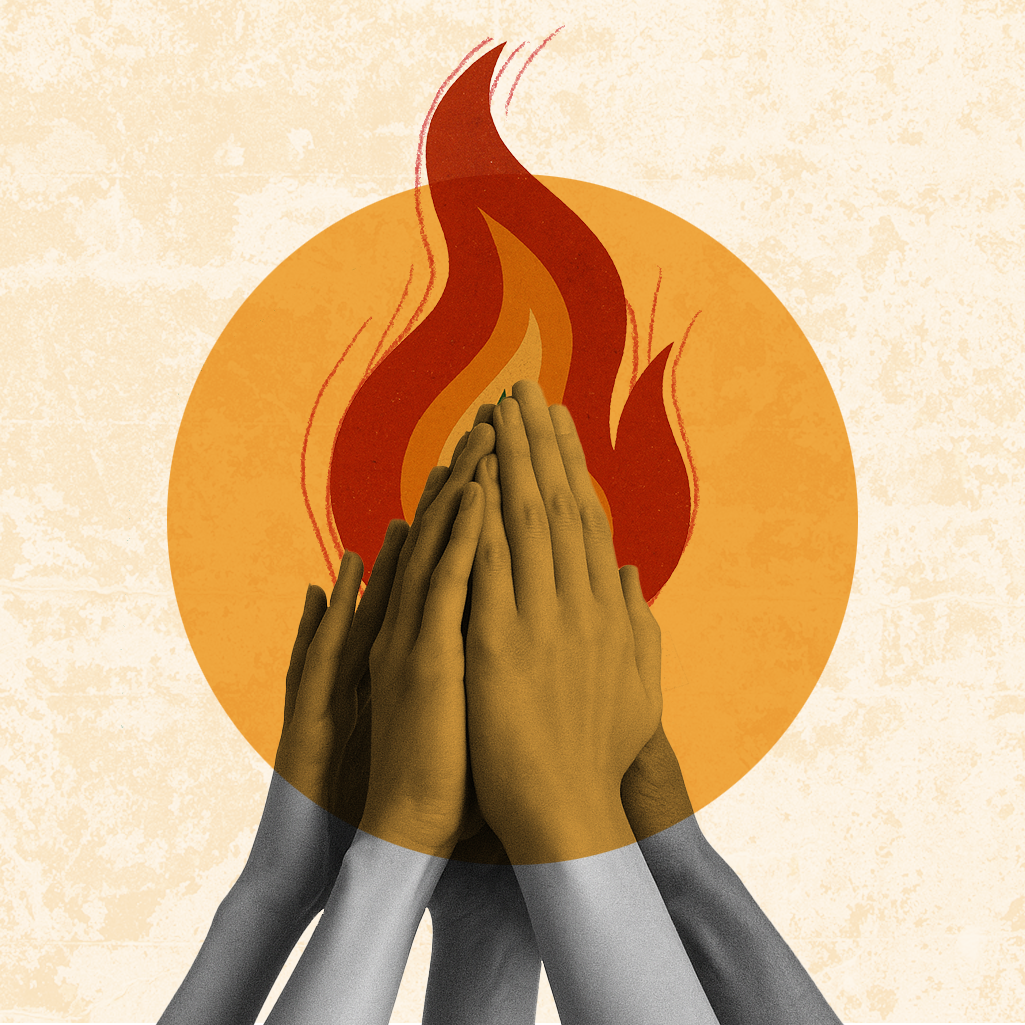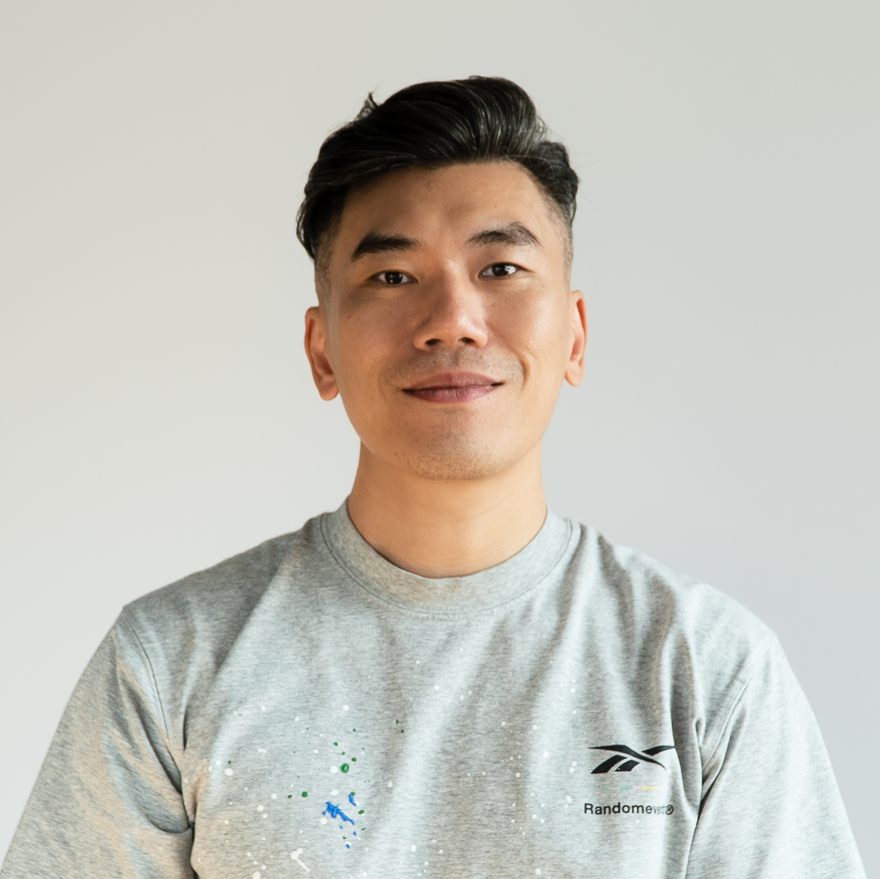Nurturing the early sparks of innovation

People often marvel at the impact of innovation once it lands, but reflect less on where it begins: with an idea.
Regardless of how much potential it holds, an idea in its early stages is like a flickering flame, easily extinguished by hesitation or misalignment.
Early-stage innovation is inherently fragile. It requires decision-makers to recognize this fragility and remain vigilant to potential oversights stemming from past success. Only then can organizations create the conditions of openness, encouragement, and support that nascent ideas need to take root and grow.
This is the story of how we helped a group of senior leaders move beyond the comfort of familiar formulas to create space for innovation.
Internal misalignment meets external pressure
In recent years, our client—a leading consumer goods company in China—had seen growth in its most successful product category begin to stall after decades of strong performance. In response, the company wanted to develop a new strategic offering in the same category to reignite sales. That’s where our collaboration began.
But from the outset, the project faced internal friction. The core challenge was aligning leadership levels on how to pursue future growth.
Senior executives prioritized scale: “Is the market big enough?” Earlier wins, where hero products had ridden the wave of urbanization to dominate their category, had shaped their expectations.
Business unit leaders, however, believed revitalizing the category required more than incremental change. They pushed to move beyond familiar playbooks and explore bolder directions, such as targeting higher-value customer groups. These approaches might not deliver immediate volume, but they offered long-term potential and a path to renewed relevance in a shifting market.
Yet, whenever these proposals reached the executive table, the conversation often came down to a single question: “How much volume can it deliver?” They dismissed ideas that didn’t meet past benchmarks before they had a chance to evolve.

Meanwhile, the market had already moved on. Competitors had introduced new offerings targeting younger middle-class consumers, with growing success—and our field research confirmed it. Across a wide range of households, we found consumers actively purchasing competitor products in the same category.
By the end of the research, the message was clear: the younger middle class represented a valuable growth opportunity. Whether the executive team could step beyond legacy benchmarks and make room for new thinking would shape not only this initiative but the future of the category and the company’s broader capacity to innovate.
Designing experiences that expand perspectives
Data and arguments weren’t enough to shift mindsets. So we turned to something more visceral: designing experiences to help leaders gently challenge their assumptions and expand their perspectives.
We kicked off a strategic workshop with an immersive exhibition in our IDEO Shanghai studio. The team turned key insights from internal research, market trends, and consumer home visits into tangible exhibits—concrete facts that couldn’t be ignored.
Some of the insights were blunt:
“Our so-called ‘new’ products are mostly cosmetic upgrades—not true innovations.”
Others hit harder:
“The biggest takeaway from this research? Young middle-class consumers are already buying products in this category—but not from us.”
Seeing these insights laid out physically prompted unfiltered reflection. The room fell quiet. One sticky note on a panel read: “Ouch.”
We followed with another activity—this time off-site. We took our clients to visit one of Shanghai’s most popular lifestyle destinations, known for its cutting-edge retail stores. Their task? Choose a gift they believed would resonate with a young middle-class consumer.
Many selections were easy to challenge: “Would this actually appeal to a young person?” Lively debates followed as our clients reflected on what younger consumers truly value.
One executive reflected aloud, “I’ve been in this industry for decades. But the pace of change is way beyond my experience... What should I do next? I really need to spend more time understanding this generation.”
A mindset shift was underway.

Building alignment through shared practice
As perspectives began to shift, we took the next step: building alignment through shared practices.
We designed a series of product innovation workshops. Participating client teams were intentionally diverse—spanning age groups, functions, and seniority levels—to simulate the kind of cross-functional collaboration innovation demands.
Each team was tasked with defining a product concept rooted in real consumer insight, building a quick prototype, and pitching their idea in a simulated live-streaming sales session to test resonance with the target audience.
The goal wasn’t to finalize a product. It was to rehearse the full cycle of consumer-centered innovation—from insight to positioning to storytelling.
To ground this work in real-life contexts, we recreated a series of “consumer life corners” in the space. Each corner depicted a typical lifestyle scenario based on our research, featuring everyday objects that illustrated the consumer’s routines and values.
For example, the “relaxed mom” corner included an air fryer, symbolizing this persona’s preference for convenience without compromising on quality.
Each scenario also included a puzzle. Certain key consumption choices—like what a young professional might eat for lunch during the workweek—were hidden behind covers. Teams need to decode them based on their understanding of consumers' true needs.
The exercise sparked rich dialogue. When a younger business unit leader suggested that busy professionals might opt for frozen konjac dumplings, a senior executive countered, waving a sandwich: “No way. There’s no time to cook those at noon!”
In those moments, hierarchy dissolved. Everyone was focused on a shared goal: What does the consumer actually need?
By the time teams took the stage for their live-stream-style pitches, the change was visible. The same executives who had once asked, “Is the market size big enough?” were now using phrases like “dopamine colors,” “punk wellness,” and “a feast for the eyes.”
The room buzzed with insight and energy.

Through this immersive journey, the executive team not only built a sharper understanding of the younger middle class, but also came to a deeper realization: bringing an innovation to life is far more difficult than it seems.
As one senior marketing executive said, “I thought I understood young consumers and trends. But actually designing for them? That’s a whole different challenge.”
This shared understanding created space for innovation to flourish. Leadership greenlit and fully resourced the initiative to develop a strategic new product line targeting younger middle-class consumers. The client is also investing in broader product innovations across the company.
The larger win, however, was cultural. As a team, they learned how to protect—and nurture—the fragile spark of what’s next.
This article is part of “The Making Of…,” a series of behind-the-scenes stories written by IDEO China designers about our innovation methods and work with major clients across industries in China. Read the original Chinese version here.
Words and art


Subscribe

.svg)







